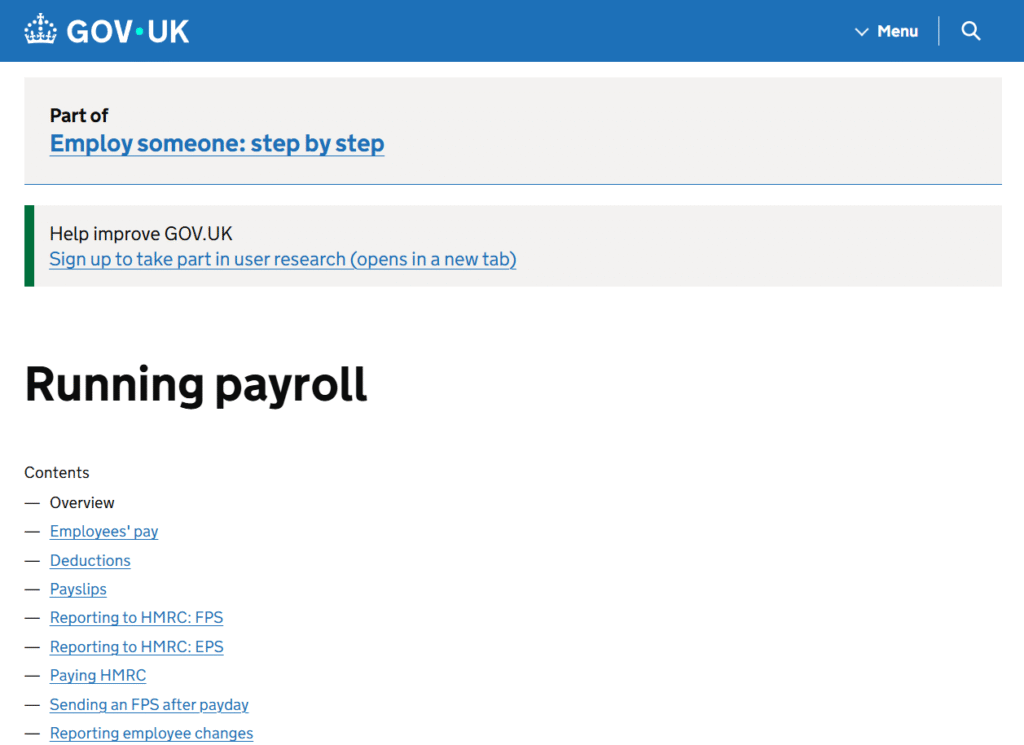P35 HMRC Form Assistance – Employer Annual Return
The P35 HMRC form was historically the employer annual return used to report Pay As You Earn (PAYE) information to HMRC. Employers had to complete and submit a P35 each year, summarising all employee PAYE and National Insurance contributions.
Although the P35 has now been replaced by Real Time Information (RTI) reporting, many people still search for P35 HMRC when looking for guidance on employer PAYE responsibilities or historical PAYE returns. Understanding what it was, and how it links to modern PAYE, is essential for compliance.
What Was the P35 HMRC Form?
The P35 HMRC form was used by employers to provide:
- The total tax and National Insurance deducted from employees.
- Employer’s National Insurance contributions.
- Benefits, expenses, and statutory payments.
- Employee details alongside the P14 forms (year-end summaries).
This form had to be submitted to HMRC annually, usually by 19 May following the tax year end.
P35 and Real Time Information (RTI)
Since 2013, the P35 system has been replaced with RTI submissions, meaning employers now report PAYE information to HMRC every time employees are paid rather than annually.
However, the term P35 HMRC is still widely searched because:
- Businesses may be reviewing historic PAYE records.
- Some accountants reference it when explaining how payroll compliance has changed.
- Older HMRC correspondence and case studies may still mention “P35 returns”.
Why Understanding P35 Still Matters
Even though form P35 HMRC is no longer active, employers must ensure:
- Historic compliance – if HMRC requests details of PAYE before 2013, businesses may need to reference archived P35 submissions.
- Modern payroll accuracy – RTI requires the same accuracy and completeness the P35 once demanded, but on a rolling basis.
- Avoiding penalties – just as late or incorrect P35 returns led to fines, incorrect RTI filings can still trigger penalties today.
Example – P35 vs RTI
- Case 1 – Historic P35 Record Request
A small business was audited for PAYE compliance in 2011/12. HMRC required the employer to provide archived P35 HMRC records for review. - Case 2 – Modern RTI Filing Issue
A company that missed RTI submissions faced penalties similar to the old P35 fines, showing how compliance expectations remain high.
Common Mistakes Employers Made with P35
Submitting P35 late and incurring automatic penalties.
Failing to reconcile totals with P14 forms.
Errors in National Insurance contributions.
Incorrect treatment of benefits in kind.
These mistakes mirror errors still common under RTI reporting today.
Recommendations for Employers
Always keep historic payroll records for at least 6 years.
Reconcile payroll data regularly to avoid discrepancies.
Double-check employee benefits and expenses reporting.
If unsure, seek professional payroll and tax advice.
FAQ – P35 HMRC
Q1: Do I still need to file a P35 with HMRC?
No – P35 was abolished in 2013 and replaced by RTI submissions.
Q2: Why do people still mention P35 HMRC?
Because older payroll records, correspondence, and case studies still reference the P35 system.
Q3: What happens if I can’t find historic P35 records?
Contact HMRC or your accountant. Payroll software providers may also hold archived records.
Q4: What replaced the P35 HMRC?
Real Time Information (RTI), requiring PAYE submissions every time you pay employees.
Q5: Can Audit Consulting Group help with PAYE compliance?
Yes – we handle historic PAYE issues, RTI submissions, payroll audits, and communication with HMRC.
Why Choose Audit Consulting Group for PAYE Support?
At Audit Consulting Group, we understand both historic and modern PAYE systems. Whether you are:
- Dealing with an HMRC query about old P35 HMRC forms,
- Struggling with Real Time Information submissions,
- Or needing payroll advice to avoid penalties –
We provide clear, professional support to keep your business compliant.
HMRC official PAYE reporting guidance: https://www.gov.uk/running-payroll





